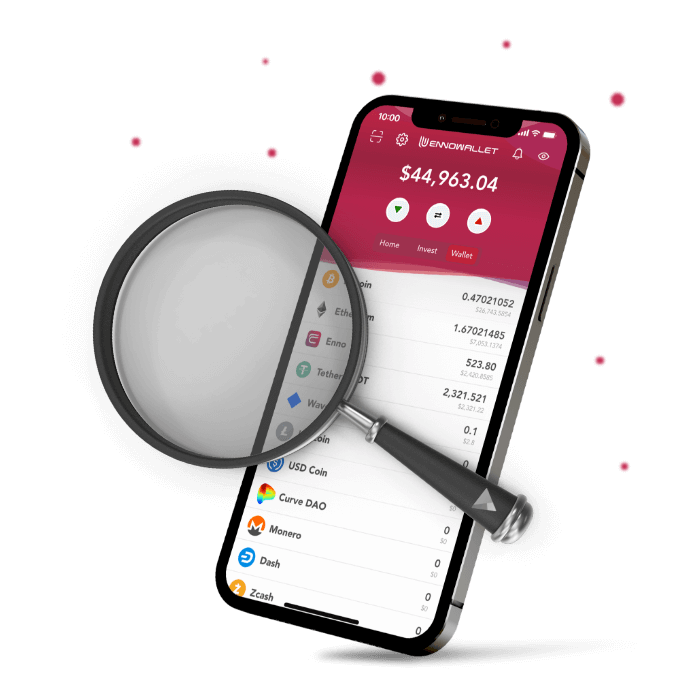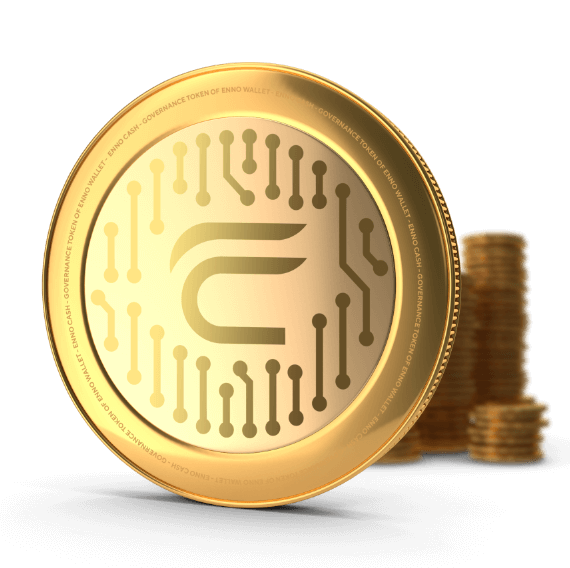You’ve probably heard a lot about gateways lately, especially if you’re trying to withdraw your assets from Waves to other blockchains. Gateways handle all these transactions, but sometimes there may not be enough assets available to meet user demand, which can cause liquidity problems.
We’ve provided extensive information in this article to help you understand how gateways work, so you can feel confident when using them.
What are Gateways?
In the context of blockchain technology, a gateway is a bridge that enables the exchange of assets between different blockchain networks. A gateway can be thought of as a portal that connects two or more blockchains, allowing assets to be transferred between them. In the Waves ecosystem, a gateway is an application or a smart contract that enables the creation and exchange of custom digital assets.
When a user wants to transfer an asset from one blockchain to another, they first send the asset to the gateway. The gateway then converts the asset into the appropriate format for the destination blockchain and sends it on the user’s behalf. This allows users to move assets seamlessly between different blockchains without having to go through a centralized exchange or other intermediary.
While gateways can introduce some centralization and counterparty risk, they are an important component of blockchain interoperability and can help promote the adoption and use of digital assets. By providing a convenient and reliable way to transfer assets between different blockchain networks, gateways make it easier for users to take advantage of the unique features and capabilities of different blockchains.
Using a gateway when transferring an asset
When a user wants to transfer an asset from one blockchain to another, they must first send the asset to the gateway, which then converts the asset into the appropriate format for the destination blockchain and sends it on the user’s behalf.
Here’s a step-by-step breakdown of how a gateway typically operates:
- A user initiates a transfer request from their wallet on Blockchain A to a wallet on Blockchain B.
- The gateway on Blockchain A receives the transfer request and verifies that the user has sufficient funds to cover the transaction.
- The gateway converts the user’s asset on Blockchain A into the equivalent asset on Blockchain B. This may involve exchanging the asset for another asset, such as a stablecoin, that is accepted on both blockchains.
- The gateway sends the converted asset to the user’s wallet on Blockchain B.
- The gateway on Blockchain B receives the converted asset and adds it to the user’s wallet.
- The user can then use the converted asset on Blockchain B as they see fit, such as by trading it for other assets or using it to pay for goods and services.
The liquidity problem of Gateways in Waves Blockchain
The liquidity problem of gateways on the Waves blockchain is a common issue faced by many blockchain networks that rely on gateways to facilitate cross-chain asset transfers. When there are not enough assets available in the gateways to meet the demand of users, this can result in delayed or failed transactions.
The liquidity problem can arise when there are not enough assets available in the gateway to meet the demand of users who want to buy or sell those assets. In such cases, the price of the asset can become inflated or deflated, making it difficult for users to obtain a fair price for their assets.
Also we should mention that the problem can be a temporary or ongoing issue, depending on various factors such as the demand for certain assets and the availability of liquidity on the gateway’s accounts. In some cases, the liquidity problem may be resolved relatively quickly if there is a sudden influx of assets into the gateway or if the demand for certain assets decreases.
However, in some cases, the liquidity problem may be ongoing if the gateway is unable to attract sufficient assets to meet the demand of users, or if there are other underlying issues that need to be addressed. This can be a challenge for users who rely on the gateway to transfer assets between blockchains, and may require them to look for alternative solutions or to be patient and wait for the liquidity situation to improve.
Why Enno Wallet has nothing to do about liquidity problem?
Enno Wallet is a non-custodial (or self-custodial) wallet provider that allows users to store, manage, and trade their digital assets on the Waves platform. While Enno Wallet may use gateways on the Waves platform to facilitate the transfer of assets between different blockchains, they are not directly responsible for managing the liquidity of those gateways.
Liquidity issues in gateways are typically managed by the gateway operators themselves, who may use various strategies to ensure that they have enough assets available to meet user demand. These strategies may include market-making algorithms, partnerships with market makers or liquidity providers, and incentives for users to provide liquidity.
As a wallet provider, Enno Wallet can help users navigate the Waves platform and its gateways. However, ultimately the responsibility for managing liquidity in the gateways lies with the gateway operators themselves.
That being said, Enno Wallet plays an important role in helping its users manage their digital assets and navigate the Waves platform by providing a user-friendly interface, robust security features, and access to a range of digital assets and trading tools.







